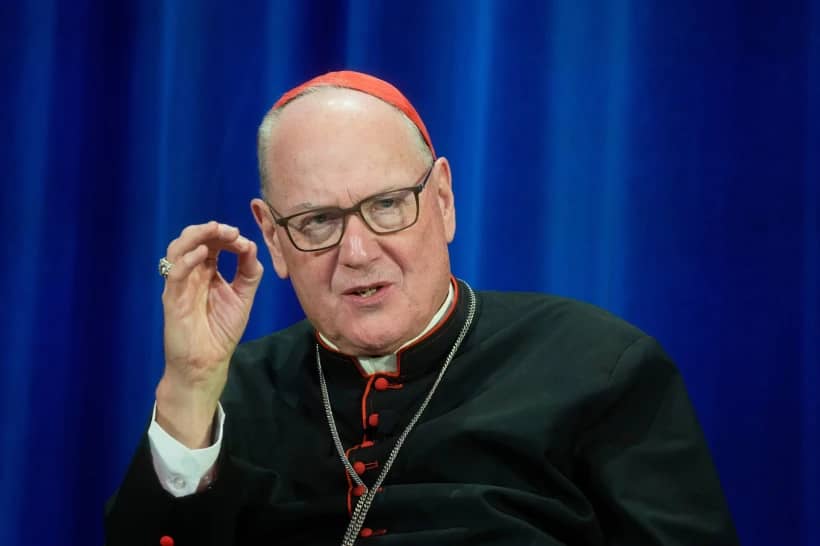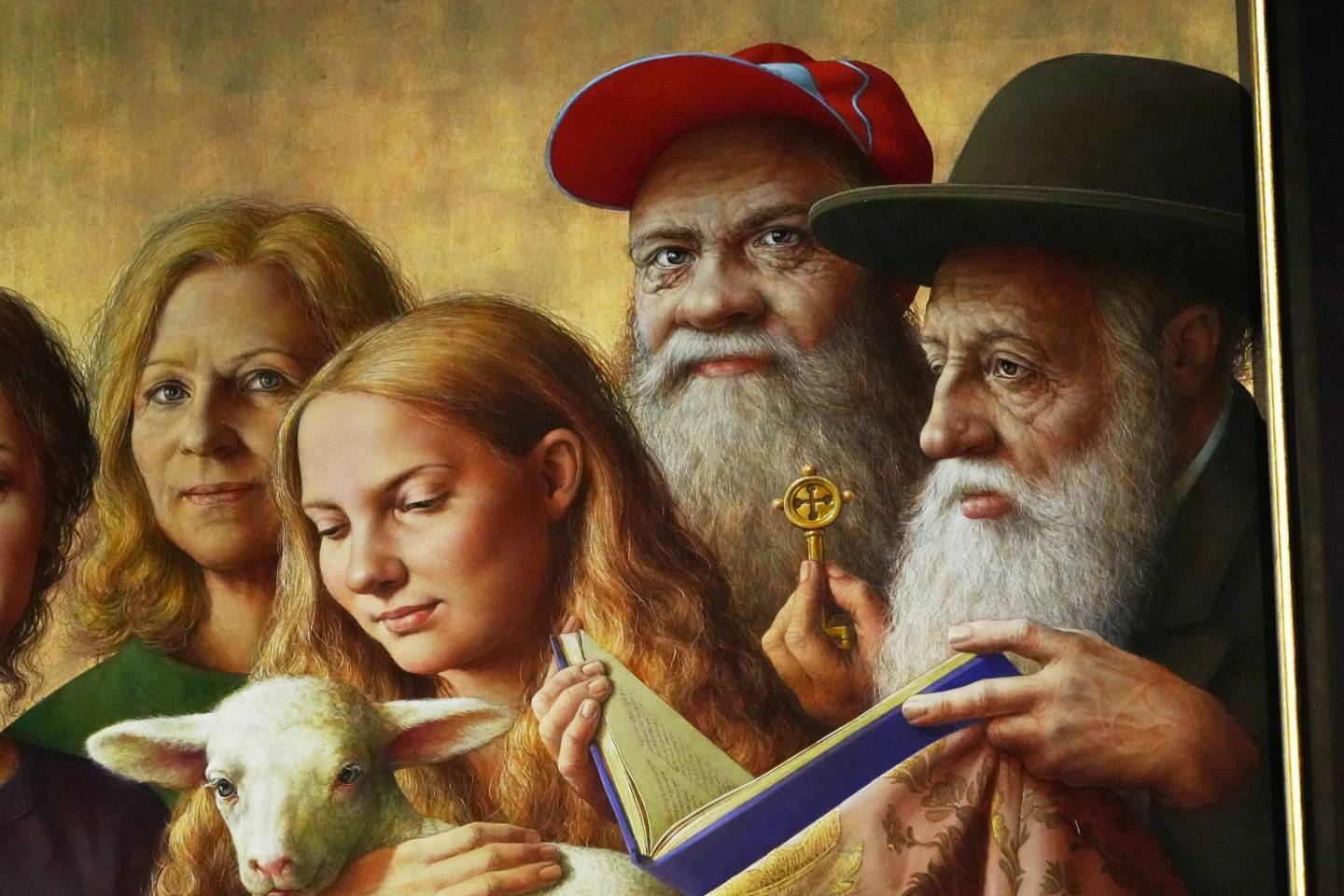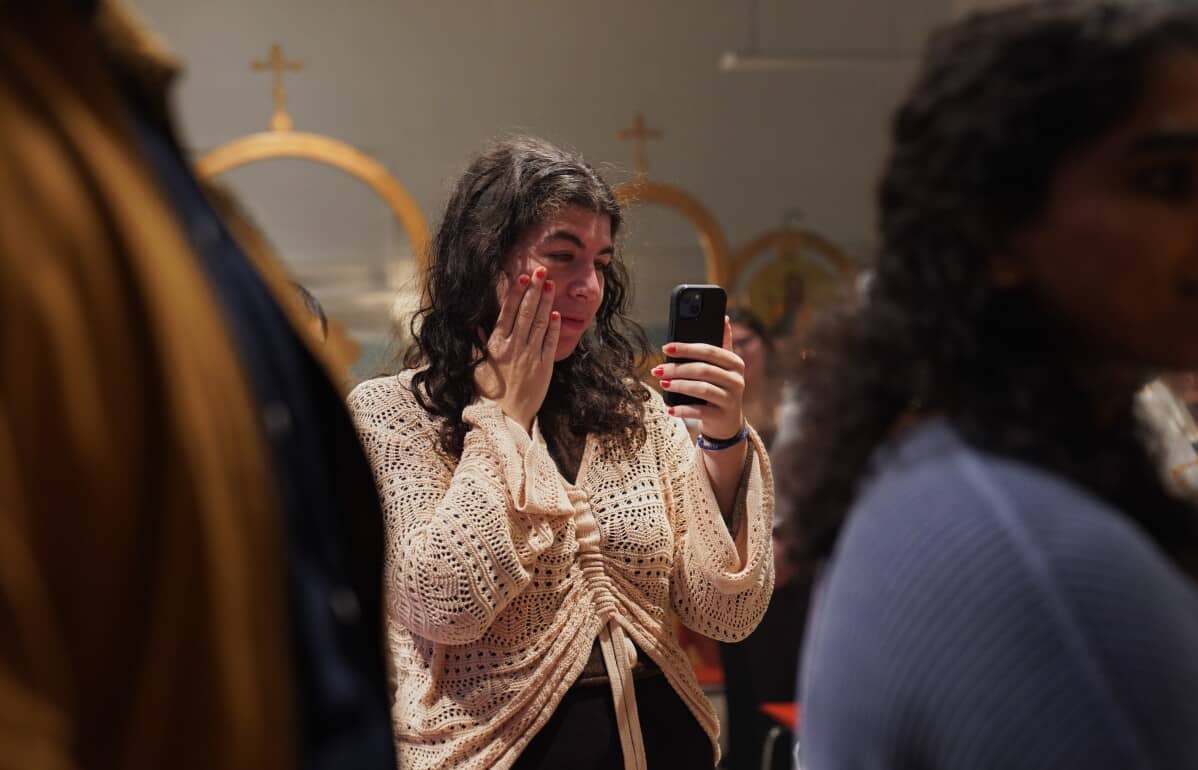A new study claims one-in-three young adults in the United States will never marry.
Writing for the Institute for Family Studies (IFS), Lyman Stone says these are close to the lowest levels ever observed for marriage rates.
“Many commentators will blame these declines on the increased delay in marriage. While there’s some truth to this, the situation is extreme at higher ages, too,” he writes.
“For instance, only about 60 percent of 35-year-old men are ever-married today, down from 90 percent in 1980. This trend also suggests that a growing share of Americans will not get married before their healthiest years are long past them,” he continues.
Stone is a Research Fellow at the Institute for Family Studies and Chief Information Officer of the population research firm Demographic Intelligence.
He says it is striking that just 20 percent of 25-year-old women and 23 percent of 25-year-old men have ever married today.
“In 1967, about 85 percent of 25-year-old women had ever married, along with 75 percent of 25-year-old men. This was the height of the Baby Boom years,” Stone writes.
However, he points out that these marriages also ended up having the highest divorce rates observed in American history.
Stone also notes those Baby Boomer rates were also unusual: In 1920, he says just 70 percent of 25-year-old women and 50 percent of 25-year-old men had ever been married.
“There’s no reason to suppose young-adult marriage rates ever could have, or even should have, remained at Baby Boom-era levels,” he writes.
He says many commentators will blame the current declines on the increased delay in marriage.
“While there’s some truth to this, the situation is extreme at higher ages, too. As the figure below shows, ever-married shares today are at historic lows for 35-year-old and 45-year-old men and women,” Stone says.
He claims this will have dramatic consequences for American society.
“It points to long-term fertility declines being hard to prevent, since marriage is a major factor shaping fertility behavior. These trends may also result in a whole slew of adverse outcomes as people age, including increased loneliness and isolation,” he continues.
“The benefits of marriage for individuals and society are considerable, and thus the costs of falling marriage are, too,” Stone says.
Speaking to Crux, the author said marriage is “an honorable estate to which many people are called.”
“There’s no reason to believe we are entering a period of dramatically increased chastity or celibacy, and so declining marriage is obviously concerning for churches since it suggests a greater share of people in our society will be confronted by life experiences that may not square well with Church teachings,” he said.
Stone said one thing churches can do to answer the current marriage decline is to “speak clearly.”
“There is a growing body of evidence suggesting that public exhortative statements by religious leaders in fact matter for behavior,” he told Crux.
“Aside from setting up programs, Church leaders should unambiguously exhort people to pursue marriage if they are not actively pursuing celibate vocations,” Stone said.
Follow Charles Collins on X: @CharlesinRome















